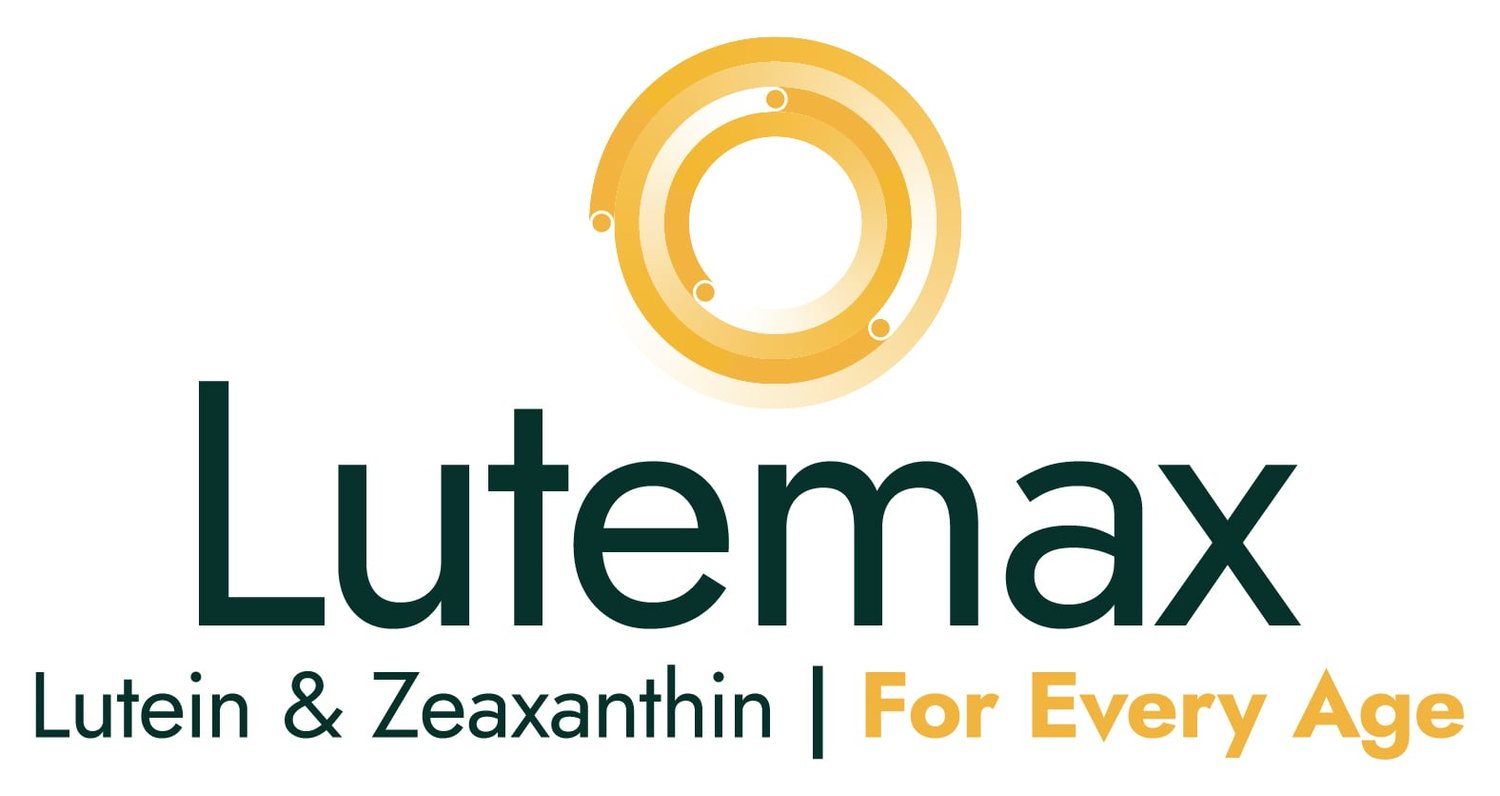Healthy vision month prompts eye health check-in
Did you know that May is Healthy Vision Month?
Maybe you did. Maybe you didn’t. But in either case, the Centers for Disease Control and Prevention and the National Eye Institute publicize this month as a cue to us all to make our vision a health priority through preventive screenings, getting the right nutrition, and protection from injury and disease.
While it might be common practice to apply sunscreen to prevent sunburn and trim fat from food to keep cholesterol in check, protection for our eyes is likely less of a commitment. Things like reading a book in dim light, failing to wear sunglasses on a bright day, and looking at digital screens with high-energy blue light for several hours a day can create extra fatigue and strain on the eyes and exposes them to ultraviolet (UV) and blue light. There are a handful of other risk factors that we should be aware of in order to manage our individual risk levels.
Burning extra calories—and fat—with dietary components
Poor diet that is limited in nutrients – especially antioxidants called lutein and zeaxanthin which are found in green leafy vegetables and bright yellow and orange vegetables and fruits – may lead to the development of eye health issues.
Smoking increases the risk for cataracts, macular degeneration, glaucoma, and dry eye syndrome. It also increases the risk for a broad range of illnesses and conditions such as diabetes, cardiovascular disease, and obesity that can also impair vision
Age is a principal cause of both age-related macular degeneration (AMD) and cataracts, and some evidence shows that the incidence of glaucoma increases with aging. Proper nutrition is one way to counteract the natural effects of aging on eye health
Overweight/obesity leads to higher rates of inflammation and oxidative stress, both of which can lead to AMD. In addition, some of the nutrients that play an important role in eye health may be taken up by fat cells, which limits their uptake into the eyes where they are needed
Diabetes has a connection with the development of an eye condition called diabetic retinopathy, which damages the blood vessels to the retina. People with diabetes are also prone to developing cataracts at an earlier age and are twice as likely to develop glaucoma than people without diabetes
Cardiovascular disease requires careful attention to the prevention of heart attacks and stroke. However, related poor circulation and high blood pressure can also harm the blood vessels both to and within our eyes
Gender makes a difference. Women develop cataracts and suffer from acute macular degeneration more so than men, but preventative measures can help maintain healthy vision
Family history is the single greatest risk factor for cataracts, accounting for approximately 50% of cases. In addition, a family history of either cataracts or macular degeneration is also related to a higher risk for those conditions
Eye color with dark brown irises has been found in one study to have a higher risk of some types of cataracts than eyes with lighter-colored irises. With AMD, it’s just the opposite, individuals with light-colored eyes are more likely to be affected by AMD, which may be because lighter eyes offer less protection from harmful UV light
Race/ethnicity may play a role in the development of some eye diseases. For example, non-Hispanic Caucasians have a higher risk for AMD than non-whites. African Americans and Hispanics have higher rates of diabetes and, as a result, a greater incidence of diabetic retinopathy. African Americans also have a higher risk for cataracts and a high risk of becoming blind from cataracts. These differences may be related to differences in the shape and color of the eye
Myopia (nearsightedness) may lead to a greater chance of developing cataracts than those with normal vision or farsightedness
Given this prompt to check in on your eye health risk, it’s a perfect time to make an appointment with an eye health professional and better understand all you can do to mitigate and address any eye health issues you might have. Our eyes need to last a lifetime, so it is important that we do all we can to protect them for the future. It is also important to understand that our bodies cannot make lutein and zeaxanthin on their own so lutein and zeaxanthin are considered important nutrients. This means that they must be obtained from the diet, whether from food sources or nutritional supplementation, or a combination of the two. To find out more about the benefits of lutein and zeaxanthin for eye health, read more here.
[i] Cheung, Surv Ophthal, 2007, Mar-Apr 52(2) 180-95
[ii] Center for Vision Research, Australia, Blue Mountain Eye Study
[iii] American Academy of Ophthalmology

